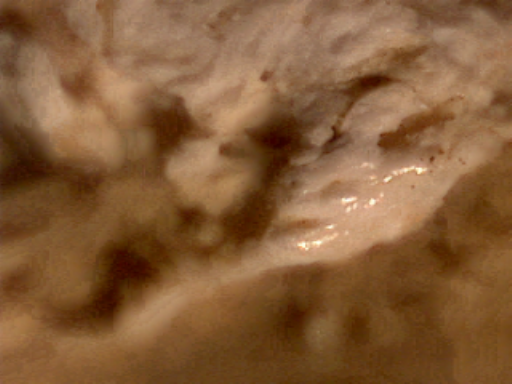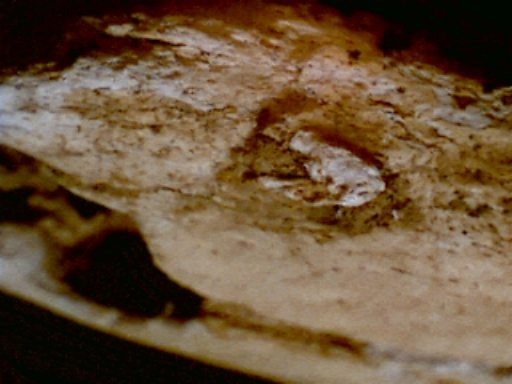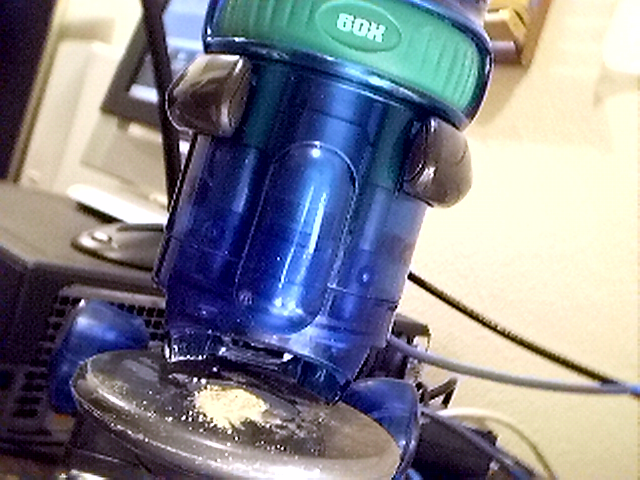In 1996, I placed a number of teeth in my Hallquist collection.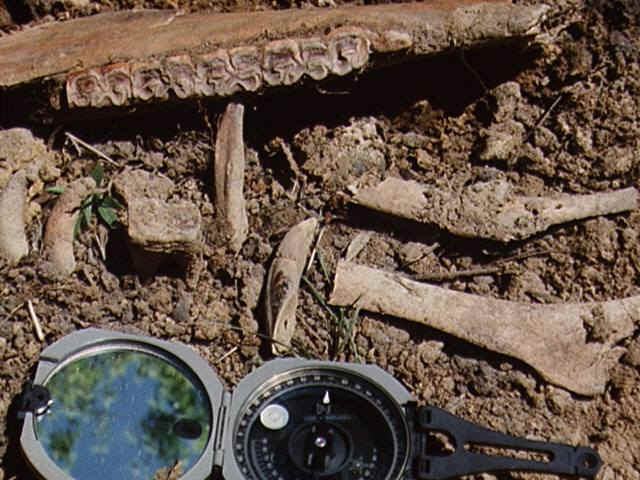 I added a tooth found near the row of five cheek teeth shown above to complete the row. Information on the Anatomy page of Equine Dentistry was used site to label the set as premolars pm2, pm3, pm4 and molars M1, M2, M3. I also learned from that site that the teeth are from a left side lower cheekbone. 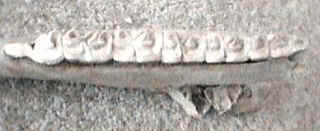  |
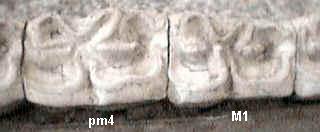
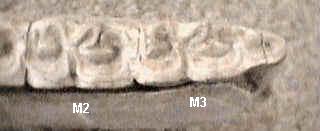
 If you feel you are developing an interest in geology, please be prepared to experiment with
image enhancement and comparison.
If you feel you are developing an interest in geology, please be prepared to experiment with
image enhancement and comparison.